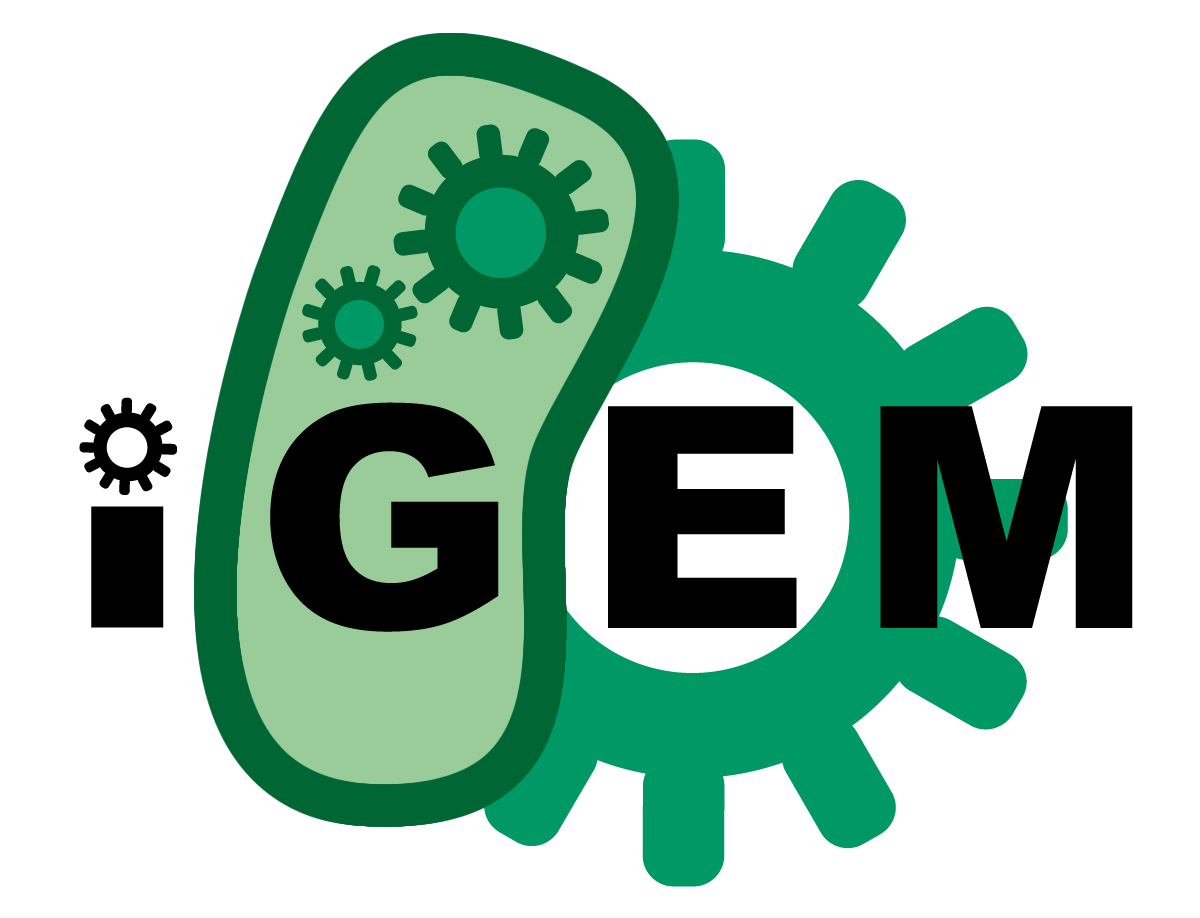Team:Georgia Tech/sandbox
From 2012.igem.org
Elsherbini (Talk | contribs) |
Elsherbini (Talk | contribs) |
||
| Line 7: | Line 7: | ||
<body> | <body> | ||
| - | <div | + | <div class="block-content"> |
<h2>An intragenic complementation approach to engineer a faster fluorescence biosensor</h2> | <h2>An intragenic complementation approach to engineer a faster fluorescence biosensor</h2> | ||
Revision as of 01:57, 30 September 2012
An intragenic complementation approach to engineer a faster fluorescence biosensor
Abstract
Our goal is to engineer a novel biosensor with a faster readout than is currently available. Many bacteria produce, secrete, and respond to chemicals called autoinducers to monitor population density and to synchronize gene expression, a process called quorum sensing. In quorum sensing based biosensors, detection of autoinducer activates transcription of a reporter gene, which must then be translated and accumulate to detectable levels, which can take two to four hours. In our system, we will use TraR, a protein used in the quorum sensing response of Agrobacterium tumefaciens, which dimerizes only in the presence of its autoinducer. We have successfully fused traR to sequence for two separate complementary fragments of GFP. Upon addition of autoinducer, we predict that already accumulated TraR-GFP fragment monomers will dimerize, allowing the GFP fragments to interact and fluoresce. This new approach may drastically reduce the time necessary for future biosensors to produce detectable output.
 "
"






